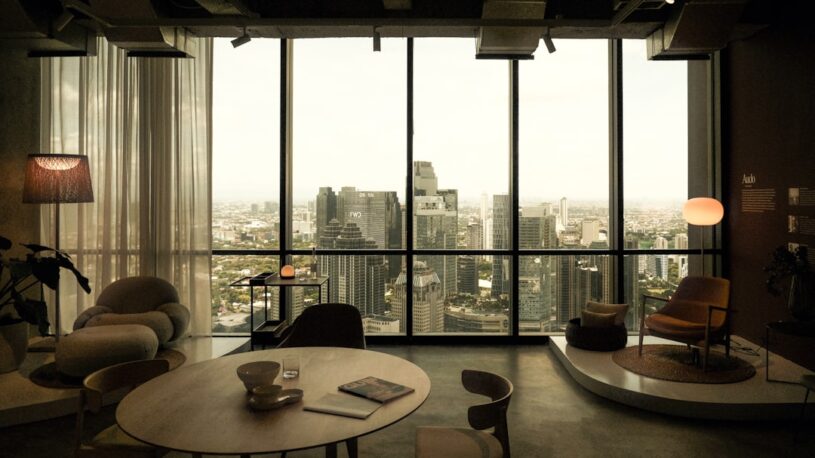

Different Ways to Protect Your Eyes from Blue Light
The blue light eye injury is no mere coincidence. You may be at risk of blue light eye injury if you spend several hours on your computer. Your computer screen naturally emits blue lights. And if you stare at it for too long, it will hurt your eyes. In addition, light is thought to cause sleeplessness. Other harmful effects of blue light on the eyes may exist, although eye injury is the most common.
What is Blue Light?
Visible light is created by combining several wavelengths. Blue light is the most energetic component of the light spectrum. As a result, it can rapidly pierce the retina towards the back of the eyes. Unfortunately, unlike other hazardous wavelengths, blue light cannot be stopped by other elements of the eyes, such as the lens and cornea.
How to Protect Eyes from Blue Light
There are several technologies available that will filter Blue Light for you. We’ll guide you through the five major techniques to filter blue light and discuss the benefits and drawbacks of each approach.
1. Make use of Flux Software
Flux is a fantastic tool for protecting your eyes from blue light while working on your laptop or desktop PC. Flux filters your computer screen to make it cooler, warmer, and more attractive. Blue light is blocked by the filters, which protect your eyes from further harm. The Flux app may be a better alternative if you don’t want to strain, have a lengthy headache, or sleep poorly. Furthermore, the software is simple, handy, and effective, allowing you to enjoy working on your computer.
2. Wear Eyeglasses with the Correct Prescription
Squinting at screens for long periods is harmful to your eyes. If you wear glasses to correct your vision, be sure the prescription is for a distance of at least an arm’s length between your eyes and the screen. The majority of glasses are made for longer distances. Consider talking to an expert for advice on which glasses are suitable for looking at screens for long periods of time.
3. Change the screen settings
If your screen appears dull or too bright, adjust the brightness to match the ambient light. A greater brightness level indicates that your computer or smartphone screen emits more blue light. The blue light filter option is becoming more common on computer screens. If this is accessible, make sure to enable it.
4. Lighting the Room
The brightness of your room’s lighting must match the brightness of your screen. When operating electronic devices, strive for a consistent brightness level since low ambient light tricks your eyes into allowing in more blue light. Do not adjust your computer screen’s lighting from the normal level whatsoever. Instead, ensure your room is properly lit.
5. Let Your Eyes Rest
How can you avoid digital blue light overexposure? One simple method is to follow the 20-20-20 rule. Every 20 minutes, take a 20-minute break from your computer and gaze at anything 20 feet away for at least 20 seconds. This method can reduce eye strain while also being a regular reminder to limit your exposure to blue light.
Conclusion
Excessive blue light exposure can lead to digital eye strain (computer vision syndrome) and retinal cell damage (which can increase the risk for issues like macular degeneration). There are, however, a few things that can help lessen the risk of problems, such as the ones discussed above.
Table of Contents




